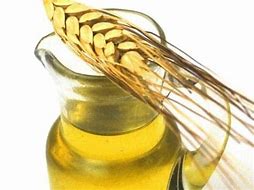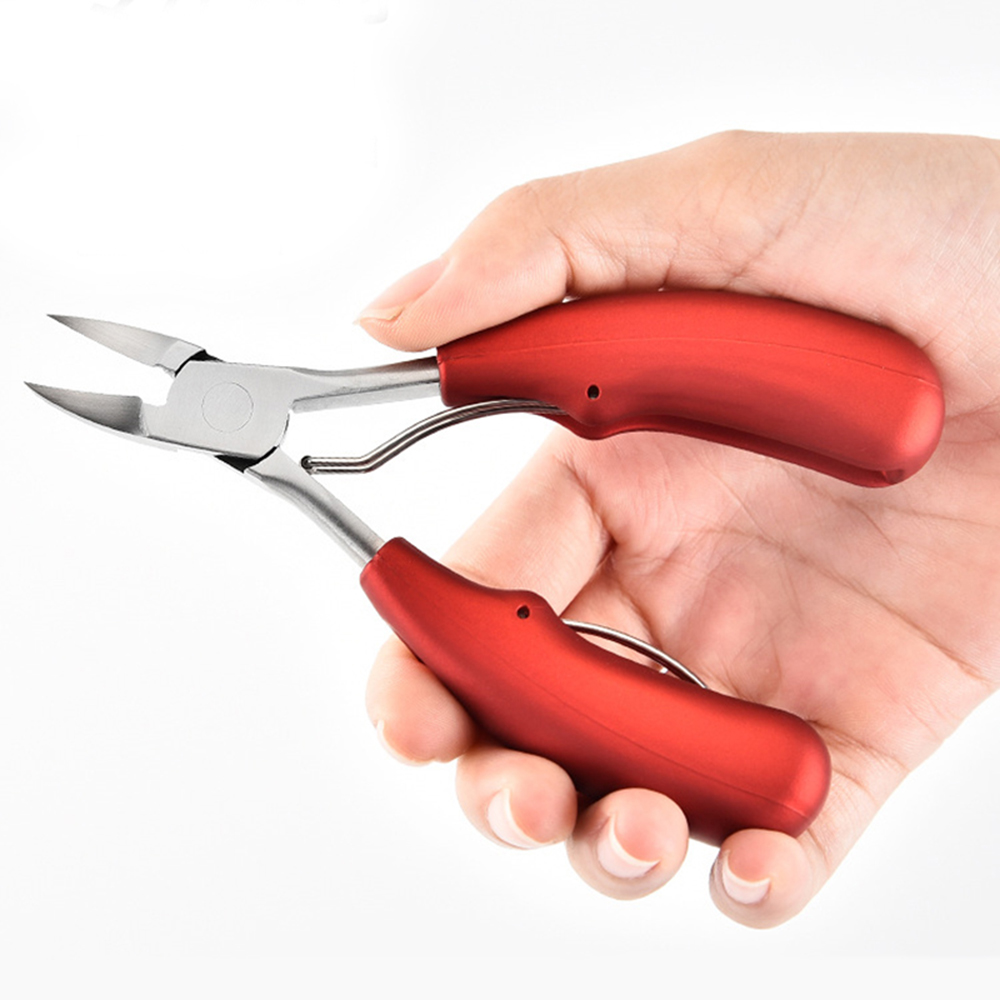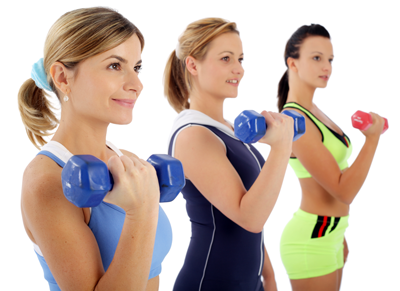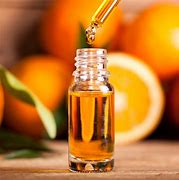Shoes, insoles and splints: Cushioning and support - Plantar fasciitis
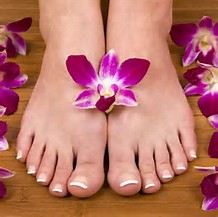






Shoes, insoles and splints: Cushioning and support - Plantar fasciitis
When our feet hurt many of us intuitively seek out softer shoes or insoles.
- While this approach can work well for pain caused by excessive pressure, cushioning can actually make plantar fasciitis worse.
- The reason for this is that excessive cushioning encourages the arch of the foot to collapse, increasing stress on the planter fascia and exacerbating inflammation.
- So while cushioning may offer some comfort, it can work against relieving pain and inflammation. Overtly soft shoes are as plroblematic as excessively rigid shoes.
- The best footwear solutions offer a combination of cushioning and support. e.g., firm plastic or foams under the arch and denser materials in the midsole of the shoe.
- This combination is crucial to facilitate healing and prevent reccurrences of plantar fasciitis.
- Investing in at least one pair of good shoes that can accommodate an insole is important for long-term pain relief.
- Many people own shoes that aggravate heel pain. For example, dress shoes, high heels, and sandals often lack support and do not have room for insoles.
If you have shoes that are aggravating your condition, you should either stop wearing them or at least limit their wearing time and frequency until the heel pain is resolved.
- If wearing a particular pair of shoes reaggravates the plantar fascia, it is best to stop wearing them entirely.
- Insoles can be of great benefit for those who are already wearing supportive shoes but not experiencing relief. A cushioned heel cup or firm arch support can provide tremendous relief.
- Not all insoles, however are equal. Thin, light, soft, and low -profile insoles usually offer less protection then thick, dense insoles.
- As with shoes, the best results are usually obtained with insoles that combine firm support with some cushioning.
- But even the best insoles cannoct mafically turn an unsupportive shoe into a supportive shoe.
- If using over-the-counter insoles with good shoes has not helped, its time to visit a podiatrist.)
- Splints are another type of treatment for plantar fasciitis. They are used when sleeping or sitting.
- They work by keeping the foot positioned perpendicular to the leg, gently stretching the fascia and promoting its healing.
- Some, such as the Strassburg sock, look like a knee-high stocking with a cord stretching from the knee to the toes.
- Other splints are made from lightweigth padded plastic and look like walking casts.
- Splints often reduce the pain that comes with standing or walking after sleeping or sitting,
- Once you have recovered from plantar fasc iitis, you no longer have to wear a splint.
- Reference: Feet For Life: Paul Langer, DPM
Articles - Latest
- A yoga teacher says this five-minute stretch is all you need to maintain flexibility in your spine
- Can't do a deep squat? Use this coach's four-step plan
- 6 Reasons Your Feet Are So Itchy
- Surprising Benefits of Using Bay Leaves on Your Feet
- I run 50 miles a week and this is my go-to 20-minute yoga-for-runners workout to boost my flexibility
- How to do hanging leg raises with perfect form, according to trainers
- The two exercises everyone should add to their strength workouts to see results, according to an expert trainer
- 1 year of heavy strength training could offer 4 years of benefits, study suggests
- Research Has Unveiled How Many Sets You Need to Do to Build Muscle
- I did 50 frog crunches every day for a week — here's what happened to my abs
- 10 physio-approved exercises for runners that will help you build strength and mobility
- Forget sit-ups — this 3-move standing ab workout chisels your abs and obliques
- What to do when plantar fasciitis is so bad you can't walk
- Five exercises better than side bends to sculpt strong obliques
- Forget Russian Twists — this 10-minute stability ball workout targets your abs and glutes
- Professor explains how we are all doing one exercise wrong and it is causing us pain
- Supplies, Description, and Usage - Tech Nails-2
- Supplies, Description, and Usage - Tech Nails
- Exercises for Plantar Fasciitis
- Shoes, insoles and splints: Cushioning and support - Plantar fasciitis
- 10 best bum workouts and 25 bum exercises for a 🍑'ier butt
- The dos and don’ts of running when you’re over 40
- This 30-minute workout can be done from just about anywhere
- I teach stretching routines for a living — 3 exercises that strengthen your hips and open your hamstrings
- Somatic exercise has gone viral promising to lower cortisol levels, ease stress, and boost health - so, does it actually work?
Articles-Popular
- Home
- Calluses and Corns-4-Padding and Insoles To relieve Pressure
- Add Muscle, Build Stamina and Fire up Your Metabolism with Our Three-Move Strongman Circuit
- The two exercises everyone should add to their strength workouts to see results, according to an expert trainer
- Appreciate Your Feet
- Contacts
- Therapy Price List- Aromatherapy - Counselling
- WEB - LINKS
- The Awareness of Foot Care
- Nail Technician Resume
- Join us as a Therapist
- Blisters on the Feet
- Skin Care-Feet
- TCM - Therapy Prices
- Galleries
- Podiatry/Chiropody Price List
- Bacterial Infections
- Nail Technician Job Description
- Itching Skin on the Feet
- Athlete's Foot
- Sweaty or Smelly Feet
- Gallery - Pedicured Feet
- Appointments
- Skin Changes Associated with Blood Flow
- Calluses and Corns - 2
